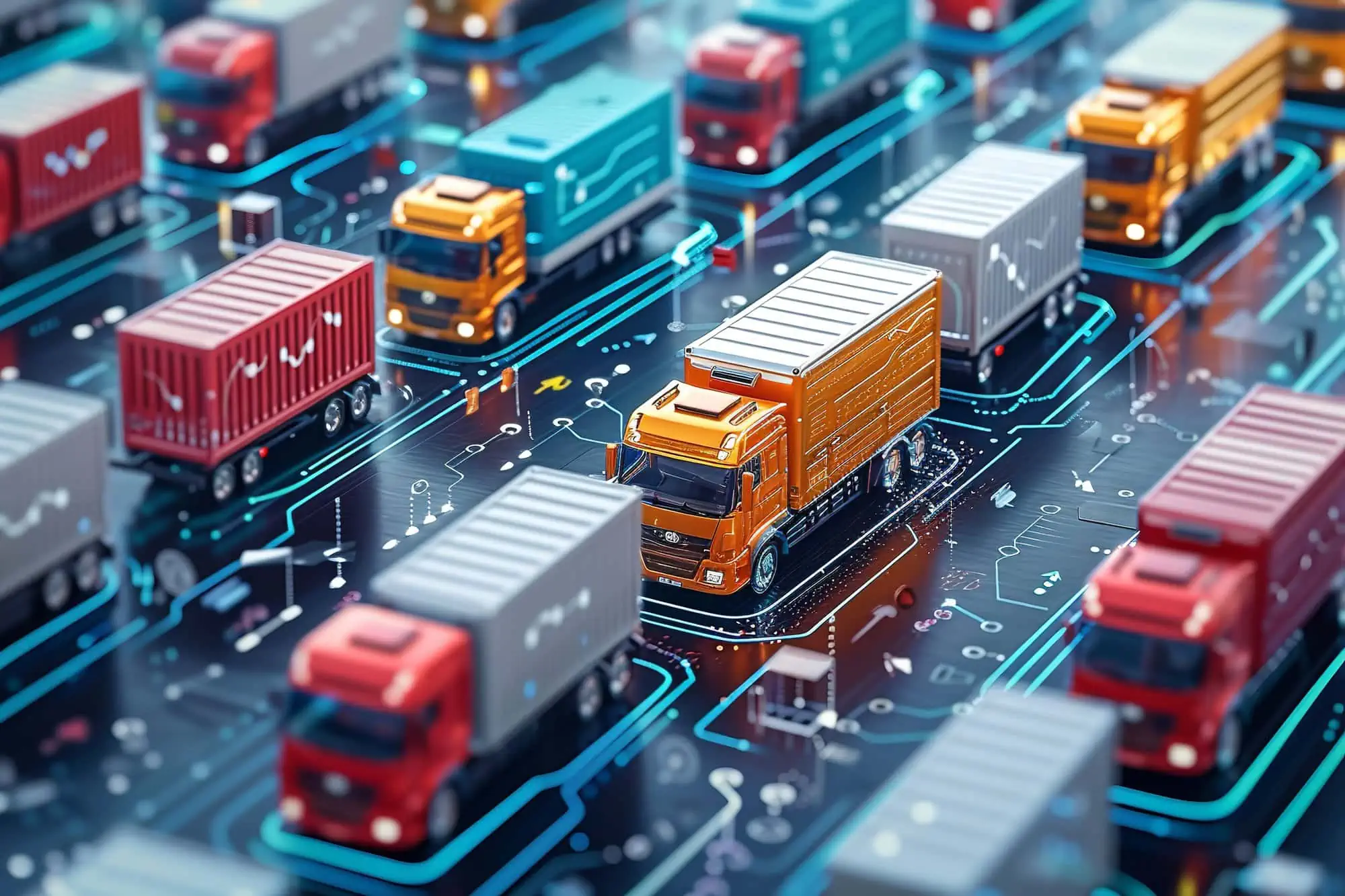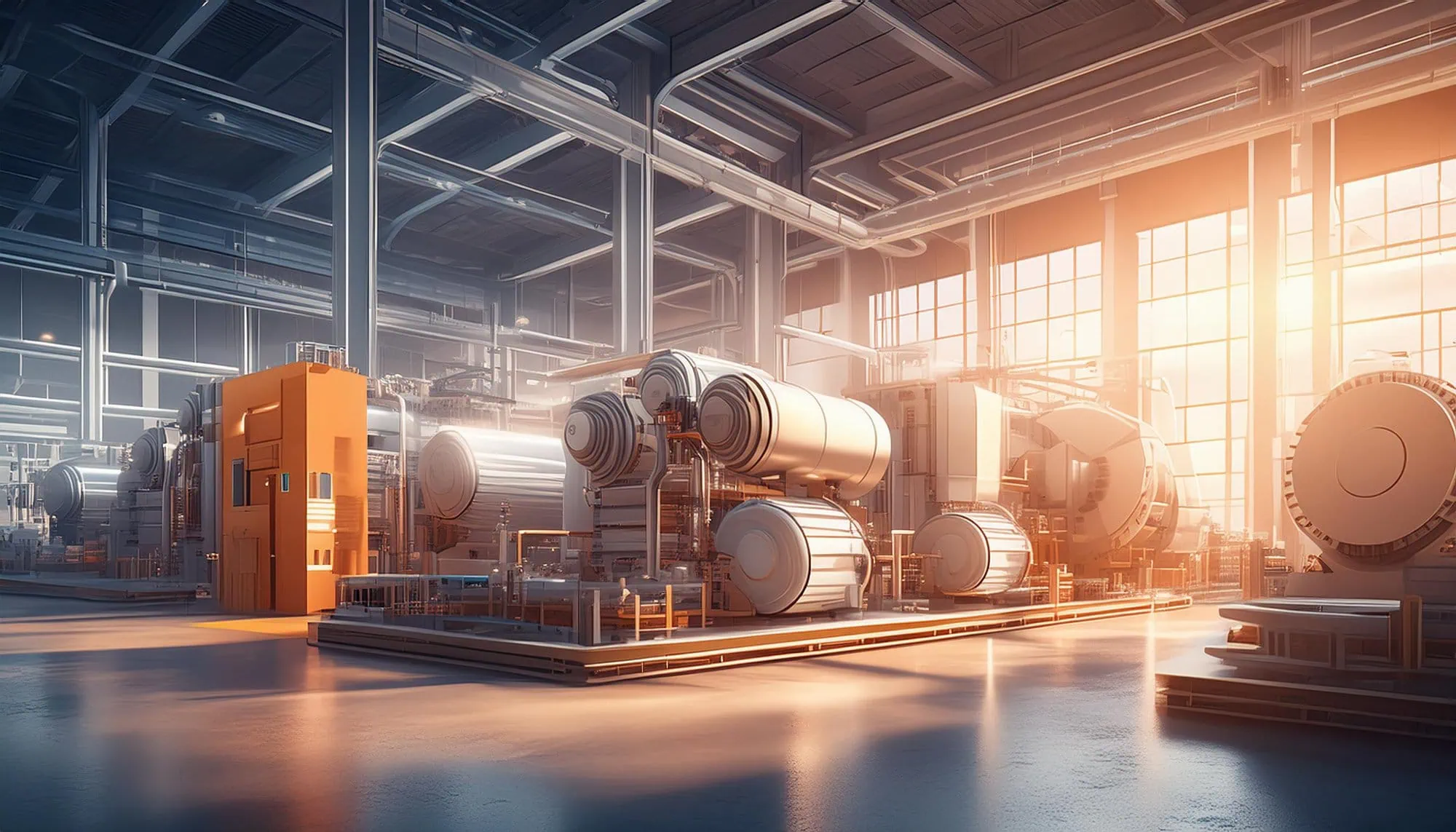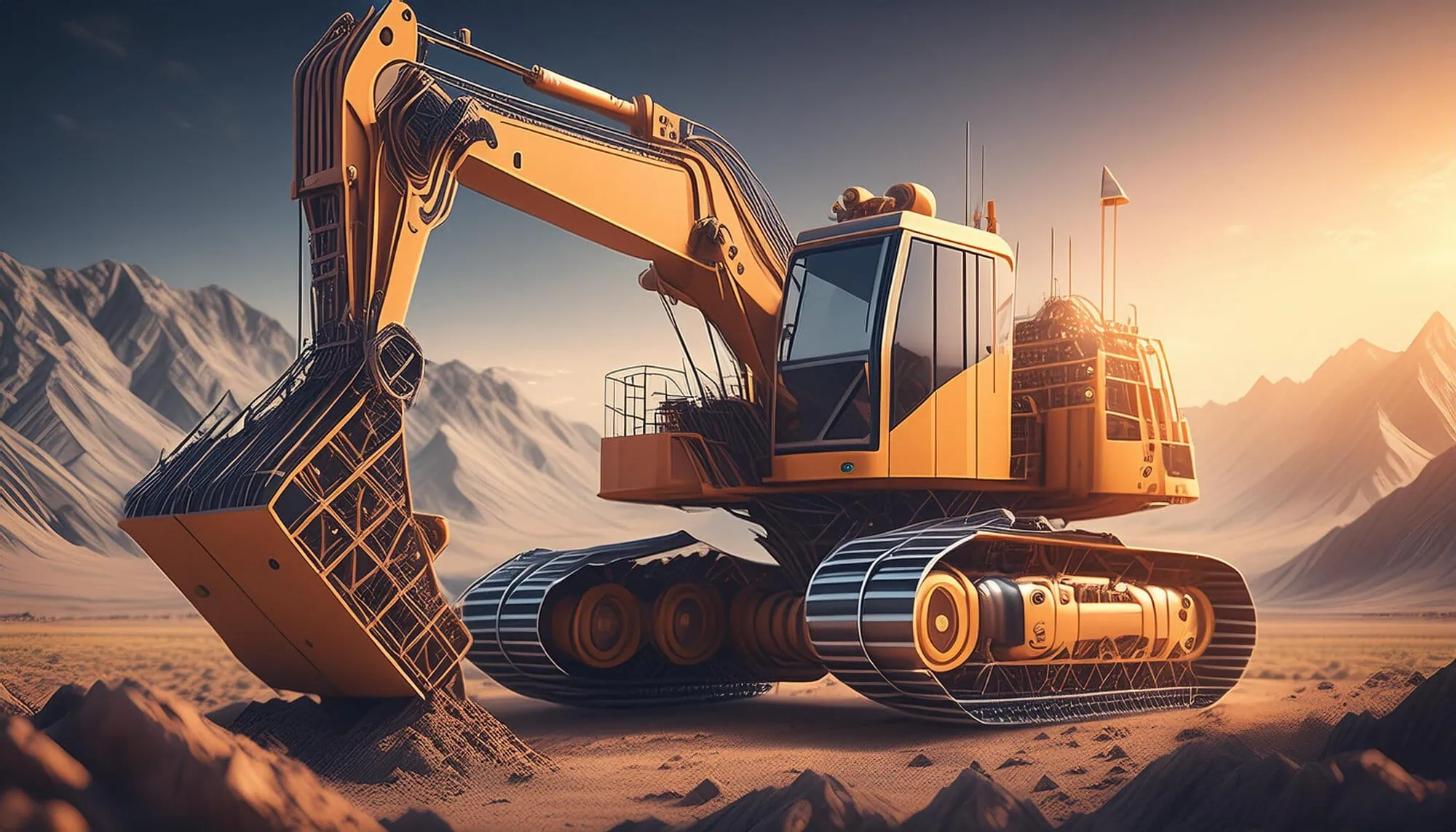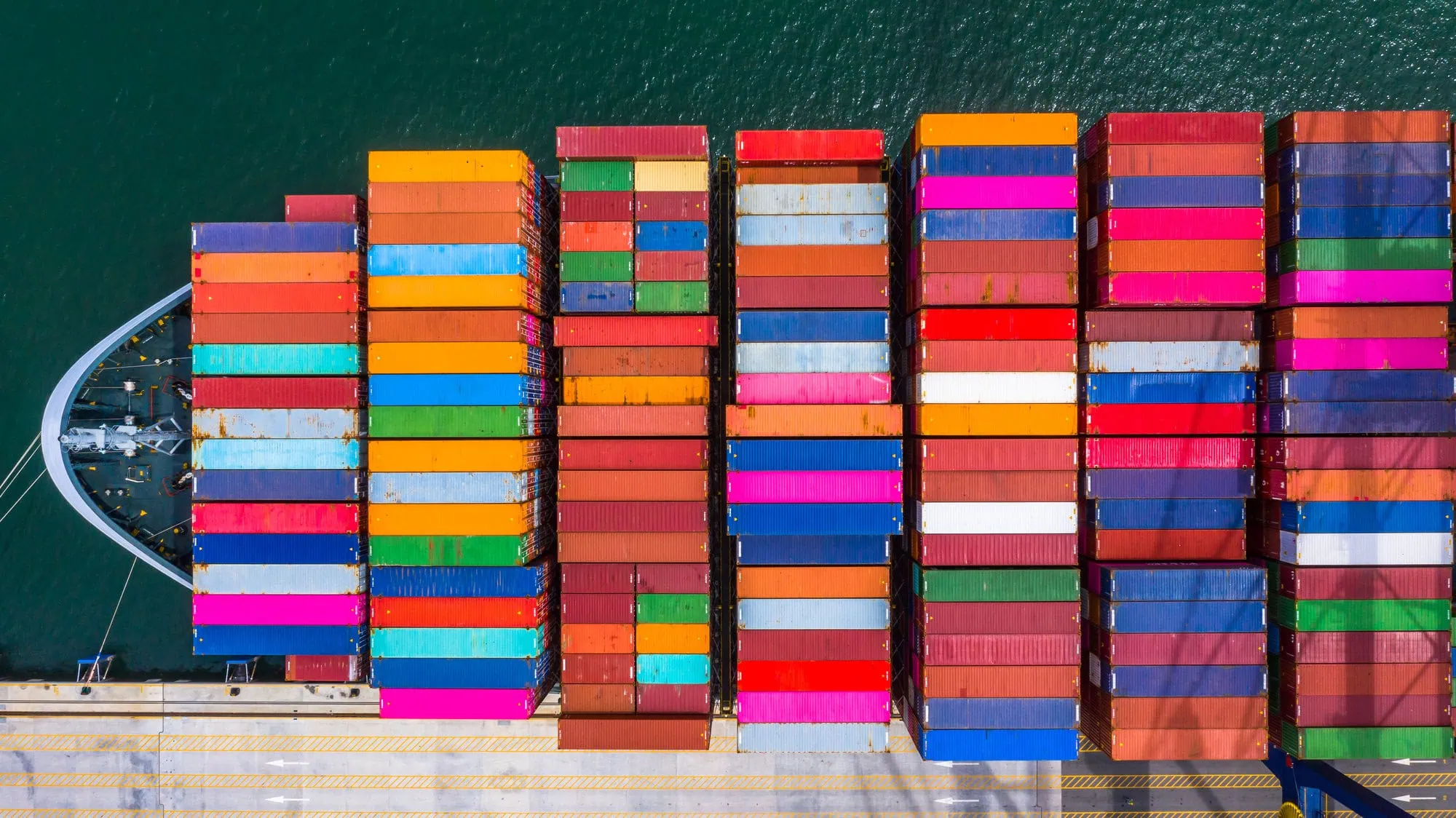
Have you ever wondered what kind of goods are zooming past you on the highway or sailing across the seas? Let’s find that out together as we delve into the fascinating world of supply chain cargo!
Consumer Goods: The Everyday Heroes

These are the goods that keep us going, from our morning coffee to our evening Netflix binge-fests. Consumer goods include:
- Clothing and accessories: From trendy fashion items to everyday essentials like socks and underwear.
- Electronics: Smartphones, laptops, tablets, and all the gadgets we can’t live without.
- Home and personal care products: From toilet paper to toothpaste, and from shampoo to soap.
Consumer goods are the bread and butter of supply chain, and we can’t live without them! They’re the products we use every day, and they need to be transported efficiently to keep our stores stocked and our bellies full.
Industrial Goods: The Heavy Hitters

Industrial goods are the big guns of supply chain. We’re talking:
- Machinery: From factory equipment to construction machinery, and from pumps to generators.
- Construction materials: Lumber, steel, cement, and all the building blocks we need to create our homes and offices.
- Automotive parts: From tires to engines, and from brakes to batteries.
- Aerospace components: The parts that keep our planes flying high and our spacecraft soaring into orbit.
Industrial goods are the backbone of our economy, and they need specialized care and handling to get the job done. They’re the heavy-duty products that keep our factories running, our buildings standing, and our cars moving.
Raw Materials: The Building Blocks

Raw materials are the starting point for many products, such as:
- Metals: Steel, aluminum, copper, and all the other metals we use to build our cars, machines, and buildings.
- Minerals: Coal, iron ore, sand, and all the other minerals we need to create our products.
- Agricultural products: Grains, cotton, timber, and all the other natural resources we use to feed our families and fuel our economy.
- Energy resources: Oil, natural gas, and all the other energy sources we need to power our homes and businesses.
Raw materials are the raw ingredients for our everyday products, and they need to be transported efficiently to keep our factories humming. They’re the building blocks of our economy, and we can’t make anything without them!
Project Cargo: The Oversized and Awesome

Project cargo is the stuff of legends – giant machinery, wind turbines, and construction equipment that need customized transportation solutions:
- Wind turbines: The massive machines that generate our renewable energy.
- Construction equipment: Cranes, excavators, and all the other heavy-duty machines we need to build our homes and offices.
- Industrial machinery: The giant machines that keep our factories running and our products flowing.
Project cargo is the superheroes of supply chain, and they require special handling and care to get them to their destination in one piece. They’re the oversized and awesome products that keep our economy growing and our infrastructure building.
Perishable Goods: The Time-Sensitive Trio

Perishable goods are the time-sensitive trio of supply chain – fresh produce, dairy products, and pharmaceuticals. This can include:
- Fresh produce: Fruits, vegetables, and all the other fresh foods we need to stay healthy and happy.
- Dairy products: Milk, cheese, and all the other dairy delights we love to eat.
- Pharmaceuticals: The medicines we need to stay healthy and fight off illness.
Perishable goods need to be transported quickly and efficiently to prevent spoilage and ensure they arrive at their destination in top condition. They’re the time-sensitive products that keep us healthy and happy, and we can’t live without them!
High-Value Goods: The Luxury Squad

High-value goods are the luxury squad of supply chain – electronics, luxury goods, artwork, and precious metals:
- Electronics: Smartphones, laptops, and all the other high-tech gadgets we love to use.
- Luxury goods: Designer clothing, jewelry, and all the other luxury items we love to own.
- Artwork: Paintings, sculptures, and all the other beautiful creations we love to admire.
- Precious metals: Gold, silver, and all the other precious metals we love to wear and invest in.
High-value goods need extra security and care to prevent theft and damage, and they often require specialized transportation solutions to get them to their destination safely. They’re the luxury products that make our lives more enjoyable and our economy more prosperous.
Lesson Plan
Lesson Focus and Goals:
The focus of this lesson is to familiarize students with the various types of cargo that move through ports and understand their origins and destinations. Students will explore different categories of cargo and discuss the logistics involved in their transportation.
Materials Needed:
- Computers or devices with internet access
- Pictures or objects representing different types of cargo (food, clothes, electronics, vehicles, etc.)
- World map or globe
- Whiteboard and markers
- Presentation software or tools
Learning Objectives:
By the end of the lesson, students should be able to:
- Identify and classify different types of cargo that move through ports.
- Discuss the origins and destinations of various types of cargo.
- Understand the logistics involved in transporting different types of cargo.
Structure/Activity:
Warm-Up:
Engage students with a brief discussion about their understanding of ports and the types of goods they handle. Ask questions such as: What kinds of items do you think are transported through ports? Where do these items come from, and where do they go?
Part 1: Introduction to Types of Cargo (30 minutes)
- Present pictures or objects representing different types of cargo (food, clothes, electronics, vehicles, etc.).
- Discuss each type of cargo, asking students to identify them and briefly describe their characteristics.
- Using a world map or globe, show students the origins and destinations of each type of cargo. Discuss factors such as manufacturing locations, consumer markets, and transportation routes.
Part 2: Group Activity – Cargo Exploration (40 minutes)
- Divide students into small groups.
- Provide each group with a set of pictures or objects representing different types of cargo.
- In their groups, students should discuss where each type of cargo might come from and where it might go. They should consider factors such as production centers, export/import destinations, and consumer demand.
- Each group prepares a brief presentation to share their findings with the class.
Part 3: Class Discussion (20 minutes)
- Have each group present their findings, discussing the origins and destinations of the assigned types of cargo.
- Facilitate a class discussion on the logistics involved in transporting different types of cargo. Encourage students to consider challenges such as storage, handling, and transportation methods.
- Encourage students to reflect on the interconnectedness of global trade and the role of ports in facilitating the movement of goods.
Assessment Criteria:
- Identification of Cargo: Assess students’ ability to identify and classify different types of cargo accurately.
- Understanding of Logistics: Evaluate students’ comprehension of the origins, destinations, and logistics involved in transporting various types of cargo.
- Group Presentation: Evaluate the quality of group presentations, considering the depth of analysis and clarity of communication.
- Participation in Discussion: Assess students’ engagement and contribution to the class discussion on the types of cargo and their transportation logistics.

(OPTIONAL) Homework/Extension Activity:
Assign a research project where students explore specific types of cargo in more detail, focusing on their economic significance, environmental impact, and regulatory considerations.

